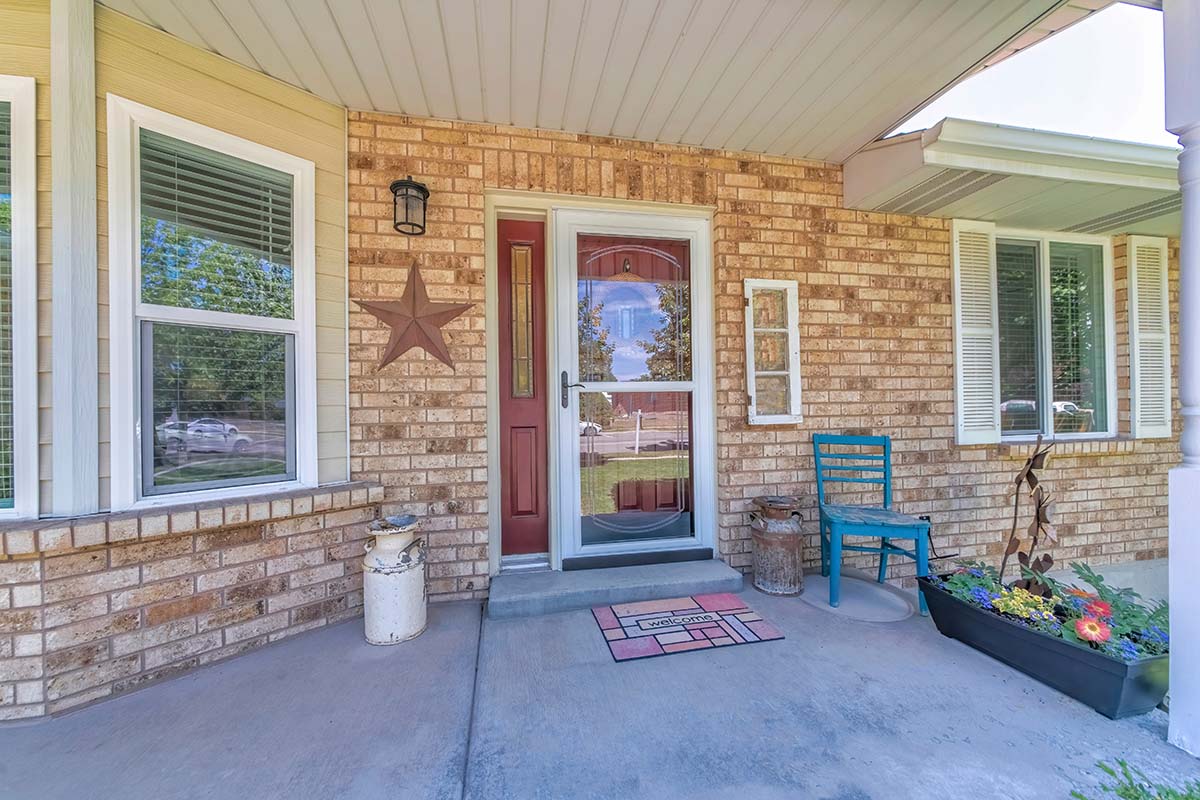Steel entry doors are one of the strongest and most secure ways to keep your home safe. Like all metal surfaces, metal doors can rust. Rust is a natural part of life for metal doors. Unfortunately, rust can be unsightly, annoying, and harmful to metal doors in the long run. Luckily, it’s easy to remove rust yourself to keep doors looking great year-round.
Struggling with a rusty metal door? The door pros at Master Seal can help. Serving the greater Baltimore and D.C. area, Master Seal is ready to tackle your door and window home improvement project. With over 40,000 trusted installations, Master Seal can help improve your home’s safety, value, and look. Call us now at 855.608.1580 to get a quote on steel entry doors and get started today.
What Does Rust Do to a Metal Door?
While metal doors are one of the most secure options for your home, they will be subject to rust. Exposure to oxygen, carbon dioxide, and moisture causes metal to rust. While this is a natural reaction, it can decrease the durability and integrity of a metal door. Over time, the door will weaken, and extreme rust will eat away portions of the door. This breakdown can cause air and moisture leaks and make your home less secure. Like other parts of your home, metal doors require regular maintenance to remove and prevent rust.
4 Easy Ways to Remove Rust from Metal Doors
There are many ways to approach metal door maintenance. Here are four common ways to remove rust and reseal your door to keep it clean and safe.
1. Sanding
Larger surface areas will require sanding. A sanding block is an easy way to get the leverage and coverage you need. Chemical removal or sanding will help remove both large and small patches to help you prep for priming and sealing.
2. Using a Wire Brush
A sturdy wire brush is perfect for grooves or other hard-to-reach areas because the bristles can get into cracks and crevices. Scrub the rust in a circular motion, and use a light pressure to prevent scratching the door.
3. Applying Household Chemicals
You can use a rust remover chemical, vinegar, or a paste made of baking soda and water for small patches of rust. Apply the paste to any rusty areas, leaving it for about 30 minutes. Use a soft cloth to remove the paste. Baking soda is especially effective for leftover spots after sanding or wire brush removal.
4. Using a Grinder
You can use a grinder, drill, or sander if you need more muscle for stubborn areas. Use the appropriate grit for the amount of rust, and don’t add too much pressure to prevent damaging the door’s body underneath the rust.
Cleaning, Prepping, and Priming for Rust Prevention
After rust removal, you’ll want to clean the door and fill any pits or knicks with filler. Wash away any dust and debris and wait for the door to dry completely before priming. Priming is essential for smooth surface and rust prevention. Follow the instructions on your primer. After multiple coats have dried, you’re ready for paint. Rust-preventive paints with zinc can prevent future rust and help you keep your door looking great year-round.
Keep Your Door in Top Shape with the Door Pros at Master Seal
If your home needs a door upgrade, Master Seal can help. Based in Parkville, Maryland, Master Seal offers professional door installation across the DMV. Our team can help you with:
- Steel entry doors
- Fiberglass entry doors
- Aluminum storm doors
- Security storm doors
- Patio doors
No matter the door or window project, Master Seal can help. Call us now at 855.608.1580 to learn about rust prevention and door preservation.








